It’s widely accepted that any TEOTWAWKI event is going to cause massive food shortages.
For that matter, we don’t even need such a major catastrophe to cause food shortages. Food shortages seem to follow major regional events too, like Hurricane Katrina, Hurricane Sandy, Hurricane Harvey in Houston and especially after Hurricane Maria plastered Puerto Rico.
Preppers handle this by stockpiling food, among other things. Even so, any food stockpile is limited and will eventually run out. What do you do when that happens? How can you continue to survive, without an adequate source of food?
Many in the prepping and survival community have decided that becoming self-sufficient is the answer to that question, starting vegetable gardens so that they can grow their own food. That’s great, but I wonder just how much food they’ll actually get out of those gardens. Is it going to be enough to survive on? I don’t think so.
You’ve probably seen an article sometime about someone who is growing all their own food in their backyard. I’ve seen several of them. In every case, they were using every square foot of space to the max, in order to grow enough to eat. Yet I have never seen a survival garden that was that extensive; not even close. How much food do these preppers really expect to get from their gardens and how long do they expect to live on it?
The other option that many people talk about is hunting. As with gardening, I think it’s a great idea. But at the same time, I wonder just how thoroughly they’ve thought that through. Without gas for their pickup truck, just where do these people plan on going hunting? What are they planning on going hunting for; their neighbor’s cat?
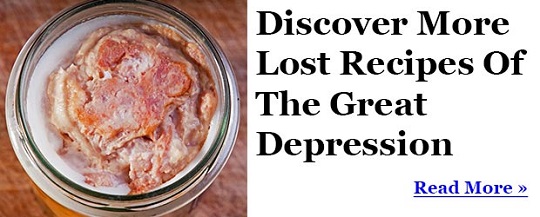
Driving to a good hunting area is just the first part of the problem. Assuming you get there and manage to kill anything for your family to eat, how are you going to get it back home? Without a running vehicle, that’s going to be an even bigger challenge. You’ll literally have to process and preserve the meat there, so that it doesn’t go bad on the trip home.
This got me thinking; since most “survival gardens” aren’t big enough, most of us aren’t raising enough animals to feed our families and going hunting is going to be a major logistical problem, what can we do to feed ourselves, when the supply chains break down?
Edible Wild Plants
The easiest and most commonly forgotten source of additional food is edible wild plants. Surprisingly, many of the best of these are considered weeds which grow just about anywhere. That makes them extremely easy to find and helps to ensure a steady supply of them.
Unfortunately, few of us can name any of these plants, let alone recognize them when we encounter them. Nor do we have much of an idea of what to do with them if we find them. Are they eaten raw? How should they be cooked? What parts are edible?
All it takes to answer these questions is to buy a book on edible plants. But I ask you, how many have one of those in their survival library? I’d be willing to guess that not many do, meaning that this abundant food source will most likely be ignored until people get so desperate that they’re willing to try eating something poisonous, just to get something in their bellies.
Road Kill
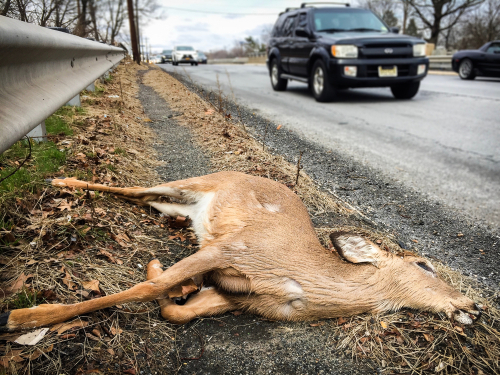
Granted, a squashed cat on the road probably isn’t going to be edible. Like other small animals, chances are pretty good that the guts were ruptured by the accident. So unless the meat is cooked very well, in order to kill the bacteria that spilled out of the animal’s guts, eating it could be extremely dangerous.
Likewise, eating any road kill that has been sitting on the road or beside the road for very long isn’t a good idea. All meat has bacteria and other parasites in it. The longer that the animal has laid there dead, the more these parasites would have spread through the muscle tissue, rendering it dangerous to eat. Once again, thorough cooking can make it safe to eat, even though the flavor might be severely affected.
On the other hand, my brother hit a mule deer in Colorado a couple of years ago. Those muleys are big and they do a lot of damage when you hit them. His insurance company ended up totaling his car, which was only a few years old. So both the car and the deer ended up totaled by that one. My brother was fined for the accident and for killing a deer without a license; but strangely enough, he was allowed to keep the deer. I guess that was supposed to be compensation for his lost car.
Part of the meat was severely damaged by that accident, specifically the part that was crushed by coming into contact with the car. Bruising of the muscle tissue meant that there was a lot of blood in the meat, making it inedible. Likewise, the meat located next to the guts was suspect. But he still got over 50 pounds of meat from that deer, helping to make up for his loss.
Of course, without cars and trucks on the road, there isn’t going to be much road kill around to eat.
Neighborhood Cats & Dogs
Speaking of road kill, it seems I mentioned something about cats up there; well, we can add dogs to that. Yes, it might be a bit disconcerting to eat Fido or Fluffy, but that’s because you have a relationship with them. On the other hand, eating someone else’s pet shouldn’t be anywhere near as hard to swallow.
Eating cat and dog meat really isn’t as strange as it might sound. We’ve all heard the jokes about why there are no strays around Chinese restaurants. That’s because it’s not uncommon to eat those animals in many Asian countries. In fact, it’s even rumored that people in Hawaii eat cat and dog. China, French Polynesia, Korea, Switzerland and Vietnam are all known for eating cat and dog meat.
During a true food crisis, I doubt the supply of stray cats and dogs will last very long. They will probably be snatched up rather quickly by people who are hungry and looking for food. While there may not be a lot of meat on one of our furry friends, there is some and the larger dogs would provide more meat than a goat or sheep would.
The trick here is going to be getting those animals before anyone else does. But then, once the supply of cats and dogs dies down, we’ll probably see an increase in rats, which are also edible.
Rats
Yes, that’s right; I said rats. Like any other rodent, rats multiply rapidly and they can eat just about anything, converting it to meat. They can even eat things which we would consider spoiled, without it harming them. I’m not sure how they can do that, but the important part is that they can.
It’s also common for rat populations to increase during times of crisis. This is predominantly due to the increase of available food sources for these animals. Should a large amount of the human population die out, as well as the population of our favorite pets, you can be sure that there will be rats everywhere; you’ll just need to catch them and cook them.
Rats are currently eaten in some parts of the world; even more places than cats and dogs are. That may very well be because they are so abundant. Currently, you can find people eating rats in Cambodia, China, Ghana, Laos, Indonesia, Myanmar, the Philippines, Thailand, and Vietnam.
I remember hearing about American Indian children who would hunt for baby mice to eat as a snack. I don’t remember for sure, but I think it was at Taos Pueblo. The children would go into a field where mice were known to live and try to chase the mature mice into their dens. Then they’d dig up the den, finding the babies. Grabbing the babies by the tail, they’d dunk them in honey and eat them whole.
Harvesting Bugs
While we’re on the gross train, what about bugs? Believe it or not, some people are touting bugs as a protein source for the future. While I’m not personally in any rush to be the first to try that, I do know that there are many types of insects that are edible. I’ve heard missionary stories about eating termites, grub worms and of course ants; generally cooked.
I also remember a story from a woman who went to college in France and Spain, so that she could study their languages. The university kitchen had served spaghetti with little meatballs and little strings of meat once. She asked what it was and it was sea spiders. The stringy part of the meat was the legs, which had broken off during cooking.
National Geographic did an article in which they stated that the UN is urging people to eat insects in underdeveloped countries. They listed the following eight insects as prime candidates to try:
- Beetles
- Butterflies and moths
- Bees and wasps
- Ants
- Grasshoppers, crickets and locusts
- Flies and mosquitoes
- Water boatmen and backswimmers
- Stinkbugs
While none of this sounds appetizing, perhaps if these little critters were ground up into a meal, so that they couldn’t be recognized, and then formed into hamburger patties, they would be a bit more appetizing. All I know is that they are edible and could keep us alive in a pinch.
“Gleaning” from Local Farms
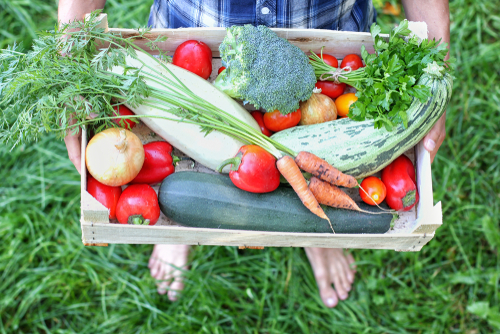
We get into some sticky questions of ethics and law here. Obviously that food belongs to the farmers who grow it. But what’s going to happen to it, if they can’t harvest it? Is it just going to go to waste?
It is widely accepted that in the case of a major TEOTWAWKI event, like an EMP, farmers won’t be able to harvest their crops. Even if they could, they couldn’t get them to market or to the factories which turn those food products into the myriad of choices we find on our grocery store shelves. About the best that can be expected is that the food they harvest will be used locally. The rest will probably rot in warehouses and storage silos.
With that in mind, I wouldn’t feel so bad about seeing what I could harvest by hand from any local farmers’ fields. Even so, I’d try to talk to the farmer and see what I could barter in return. I might even try to work out a local coop, where the community was supporting the farmers in some way, so that they could help feed us. Working together like that would greatly increase the chances of everyone’s survival.
Hunting on Local Farms
Here’s another way that those local farms and ranches might be useful; as hunting preserves. There are a lot of cattle ranches in the part of the country I live in. Our state has over 13 million of the country’s, 93.6 million head of cattle; more than double the next biggest cattle state. Granted, it’s a big state, but there have to be some herds near me.
Hunting cattle, sheep and goats seems a lot more effective to me, than trying to go hunting for deer and antelope. While I like game meat, I won’t pass up a good beef steak anytime. Besides, I’m pretty sure there’s a herd of cattle closer to where I live, than there is a herd of deer. The herd of cattle is larger too.
Don’t forget dairy herds either. I seriously doubt anyone is going to be pasteurizing, homogenizing and bottling milk if things are so bad that farmers can’t get food to market. So those cattle might be available for dinner too, under the right circumstances.
But you want to be careful about this. Cattle rustling isn’t just something out of the Old West, it still exists and cattle ranchers are careful to protect their herds. So if you’re thinking about shooting a couple of head to feed your family, you might want to talk to the rancher first, or you just might end up becoming the hunted, rather than the hunter.
Once again, there’s an opportunity here to work with the ranchers on a cooperative basis. You have to be able to give them something in payment for what you are receiving, even if all you can give them is a strong back. That’s their livelihood there and they’ve put a lot of work into it.


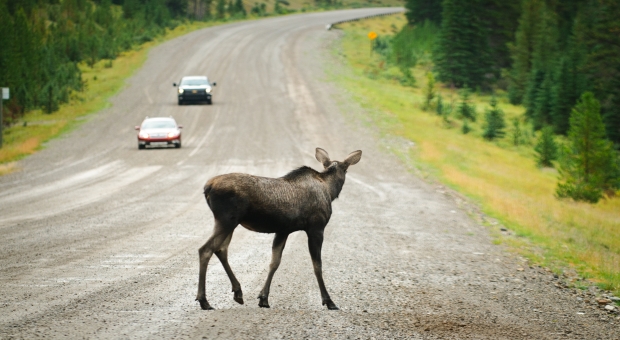


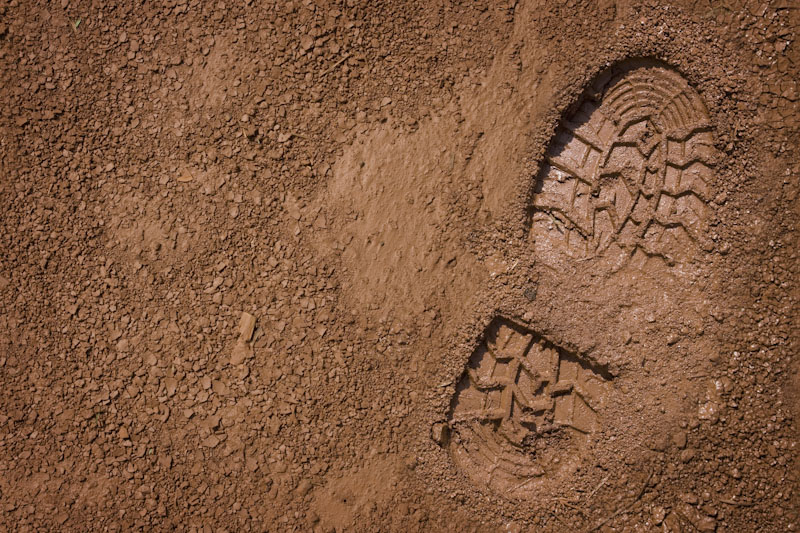
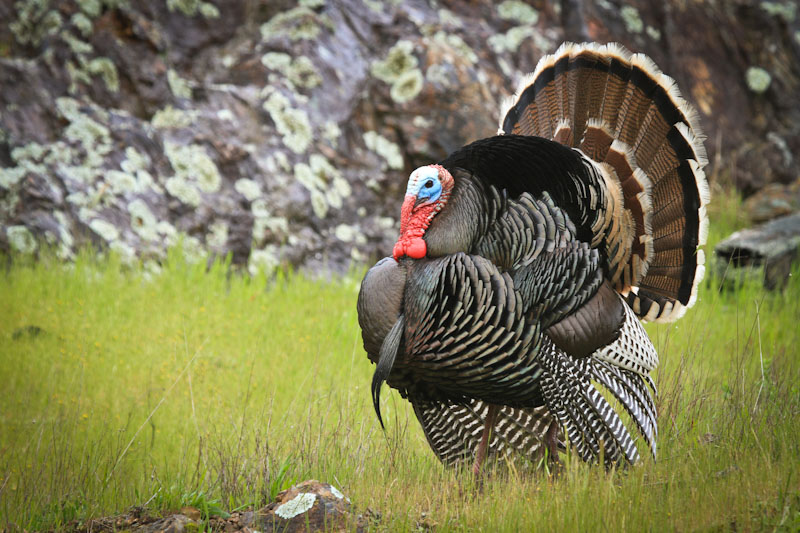
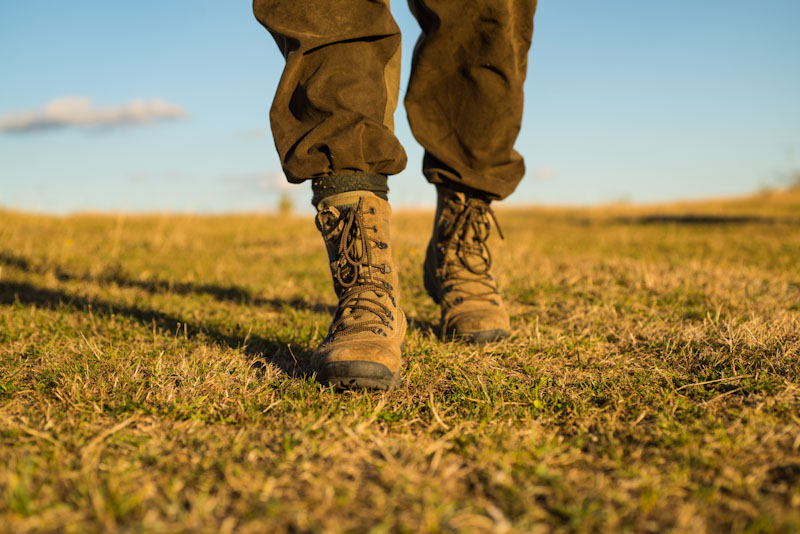



Linda Rose | October 15, 2019
|
I read all the alternatives of what could be eaten in an desperate situation and almost through up my dinner! We are farmers or were until retirement and before I eat a rat , Fido or Fluffy I am making sure we are able to grow or forge for our food. Planting hidden gardens, saving seed, dehydrating food that will keep for years sounds better than eating our neighbors pets! Road kill might kill you if it is contaminated with bad bacteria. Since reading your article I am researching more about edible wild plants!I am sure we caould survive and stay healthy on a vegetarian diet!
Elaine | October 15, 2019
|
Oh my gosh, you didn’t even MENTION the stinkbugs! Mosquitos and flies? How many ways can I say yuck! Gleaning from local farms sounds great! I kind of differ with the opinion here though. I kind of think those farmers WILL harvest their crops, and they won’t leave any left to be gleaned! Of course, they would be doing this so they wouldn’t need to eat road kill and flies and stinkbugs, right?
Susanna | October 15, 2019
|
Shucks, I thought I’d at least find mention of the common dandelion that grows just about everywhere. And I’m told that all parts of it are edible. Use the leaves in salads, make tea from the flowers, and the roots can be dried and ground to be used as a coffee substitute. And there are other plants that are edible — tho I’d have to go to my folder of same to get the list.
Granted, this won’t take of all the protein needs, but it’s a start.
Robert S | October 16, 2019
|
LOL very informative and you people are hilarious, great start to a new day, but seriously; information is power…
In this case it would be the power to stay alive!
More edible plant food info would be great.
God bless you and keep you all!
Chris | October 16, 2019
|
I can’t help but post a couple of my thoughts, from a homesteader’s perspective. Domestic Rabbits! If you research the most efficient “homestead meat production”, you will likely find #1 muscovy ducks, #2 quail, followed by #3 rabbits. I personally believe rabbits are/should be #1! There are many downsides to poultry (they eat grains which are hard to grow, sometimes noisy, incubation and plucking), all of which aren’t an issue with rabbits. For a couple hundred bucks, one could have a virtually endless supply of rabbit. Once cages/waterers/feeders are in place, rabbits have the least daily requirements of any domestic livestock, while being the easiest to keep hidden, breed, process, avoid refrigeration and generally keep clean. Their feed could easily be supplied by grass clippings (from a push reel mower, baled in a mini-baler if so inclined). I know it’s not a thing in the USA, but guinea pigs are more common in places like Peru, and could easily be substituted in place of the rabbits mentioned above. Anyone with the even a very small residential lot could easily raise rabbits. As long as they were “up and running” with their rabbit operation, SHTF/TEOTWAWKI wouldn’t affect the rabbits one bit.
One additional thought about hunting: Craigslist is a great place to hunt for free food. I am convinced that if someone were willing, and were open minded, one could acquire all of their meat needs for free from Craigslist. When I say open minded, I mean anything goes (guinea pigs/rabbits, cats, goats, horses, bull calves, etc.)! Obviously Craigslist probably won’t exist if SHTF, but it might allow one to save enough money from purchasing meat products to make the initial purchases for starting that rabbit herd that I mentioned above!
SkiptheBS | October 16, 2019
|
Be careful with your foraging and gleaning. A property where “No Trespassing” signs have been torn down can get you ambushed. I’ve faced one shotgun-wielding owner of an unfenced, unposted, overgrown field of blackberries and it was No Fun At All.
Judge Holden | October 16, 2019
|
Survivors of the siege of Stalingrad said by the end of the 1st winter there wasn’t an animal or even a blade of grass left in the entire city.
Big Mike | October 16, 2019
|
Going “hunting” on someone’s ranch might be one of the most dangerous suggestions I’ve read on Survivopedia. Farmers are among the most preparedness and survival-minded people you will meet. How about this? Instead of rustling my goats and hoping that you get away before my Anatolian Shepherds, my prepper neighbors, my whole family and I respond exactly as you would if your home were threatened, why don’t you offer to trade with me? If SHTF and I can’t sell my goats at the stockyard, I might be glad for the opportunity to trade one for something you have. I could easily see trading a goat for a box of 308 or 5 oz of silver. If I’m desperate, you might get one for a roll of duct tape. I might even be willing to butcher it for you while you drink free potable water on my back porch. Doesn’t that sound better than the other way?
Lady Farmer | October 17, 2019
|
I am sorry but if someone comes on my property to steal my food or kill animals I will be making sure they never are able to do that again to me or any of my neighbors. And the comment about using milk cows for food because the milk cannot be pasteurized or homogenized is wrong. When I was a child be had milk cows and NEVER had to do any of that junk they do to milk in the store. I have had many milk cows of my own over the 68 years of my life and have never done or had to do any pasteurizing or homogenizing to my milk. I just skim the cream off the settled milk to make butter, whipped cream, or numerous other dishes. The same thing goes for goats milk although the milk is naturally homogenized. Please don’t give suggestions to people that are uninformed or could get them killed.
JR | October 27, 2020
|
That would be called stealing. and I believe rustlers are shot or hung. Do you realise people like you are the problem in this country . You are no better than the looters who also rationalized what they did to people and businesses. Survivopedia why are you printing this ? JR
Chase | February 2, 2022
|
Haha try and hunt my dogs I dare you they’ll be eating you I’ll make sure of it! And poaching on people’s farm land are you kidding! With flat ground an no cover or concealment there gonna pick you off from the homestead and good riddance.
Lisa | September 8, 2022
|
You missed not recommending rabbit. Great meat, like it better than chicken (only for eggs). Also, these are quiet unlike my roos that tell the world. In a pinch give them one wall in a cool bedroom. Depending on age, a breeding trio an give you 6-8 per litter, ready to “Harvest” at 8-10 weeks. If you live in cold climate, butcher after 14-16 weeks for usable pelts. Great potential. The family won’t be squeamish when they haven’t seen meat for a while. Oh yes, the adore most weeds.